Australia is a land renowned for its unique biodiversity, but it also hosts a complex ecological struggle between two apex predators: dingoes and feral cats. This ongoing predator war has significant ramifications for the continent’s native wildlife. Understanding the dynamics between these two formidable species and their impact on ecosystems is crucial for preserving Australia’s natural heritage.
Understanding the Contenders

The dingo, Australia’s wild dog, is a cultural and ecological symbol. Having lived on the continent for thousands of years, dingoes are deeply intertwined with the landscape and its ecosystems. In contrast, feral cats are a more recent addition, arriving with European settlers. These once-domesticated animals have adapted to the wild, posing a severe threat to native species.
Dingoes: Australia’s Original Wild Dog
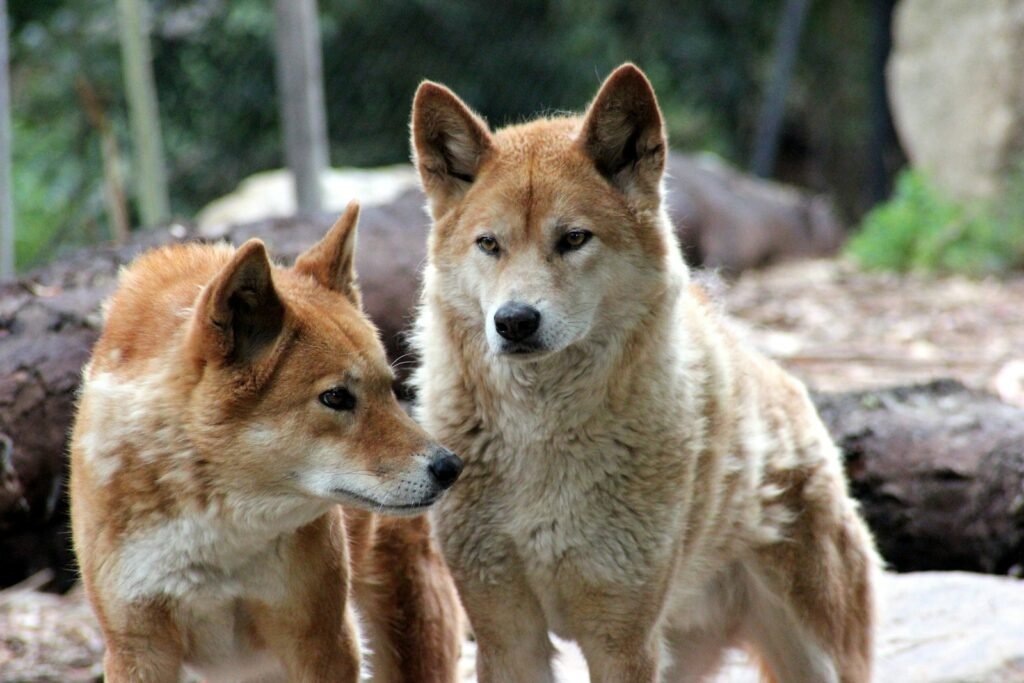
Dingoes are medium-sized canids with a sandy to reddish-brown coat. They are highly adaptable, found in varied habitats across Australia, from deserts to rainforests. Dingoes are opportunistic feeders, preying on a wide array of animals, which helps keep prey populations in check and maintain ecological balance.
The Rise of Feral Cats
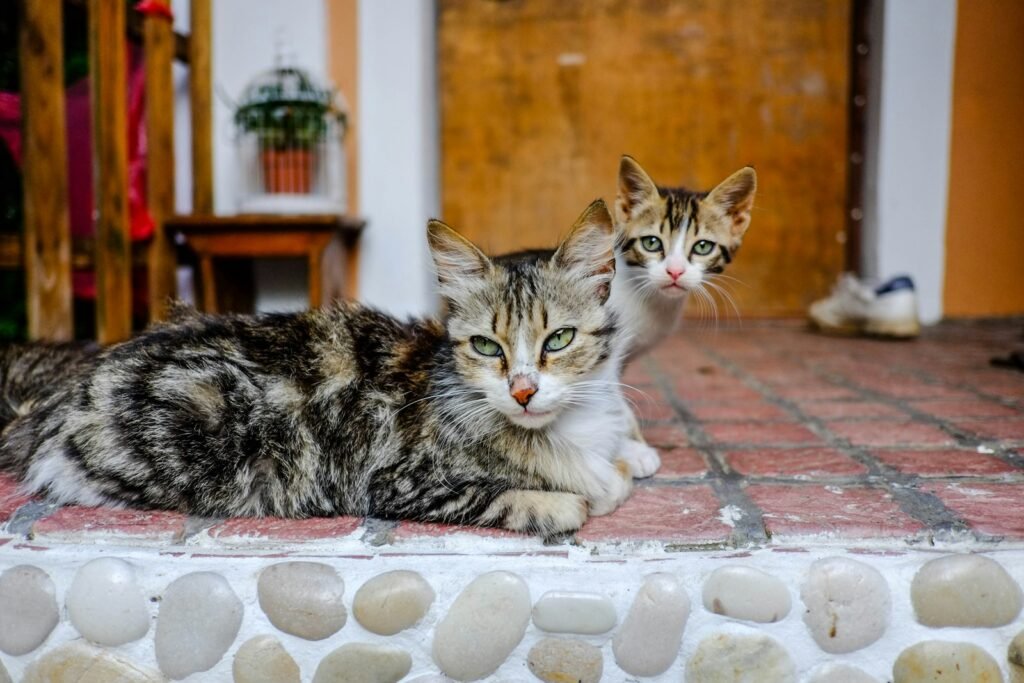
Feral cats in Australia are the descendants of domestic cats, and they have thrived in the absence of large predators. They are nimble hunters, capable of killing even while staying unobserved. A single feral cat can kill dozens of native animals in one night, leading to devastating losses in biodiversity.
The Ecological Impact of Predation

The presence of dingoes generally aids in controlling populations of invasive species like rabbits and feral cats. This has a cascading effect on the ecosystem, alleviating the pressure on native wildlife. However, feral cats have been linked to numerous extinctions and declines of small mammals and birds across the continent.
Dingoes as Ecosystem Engineer
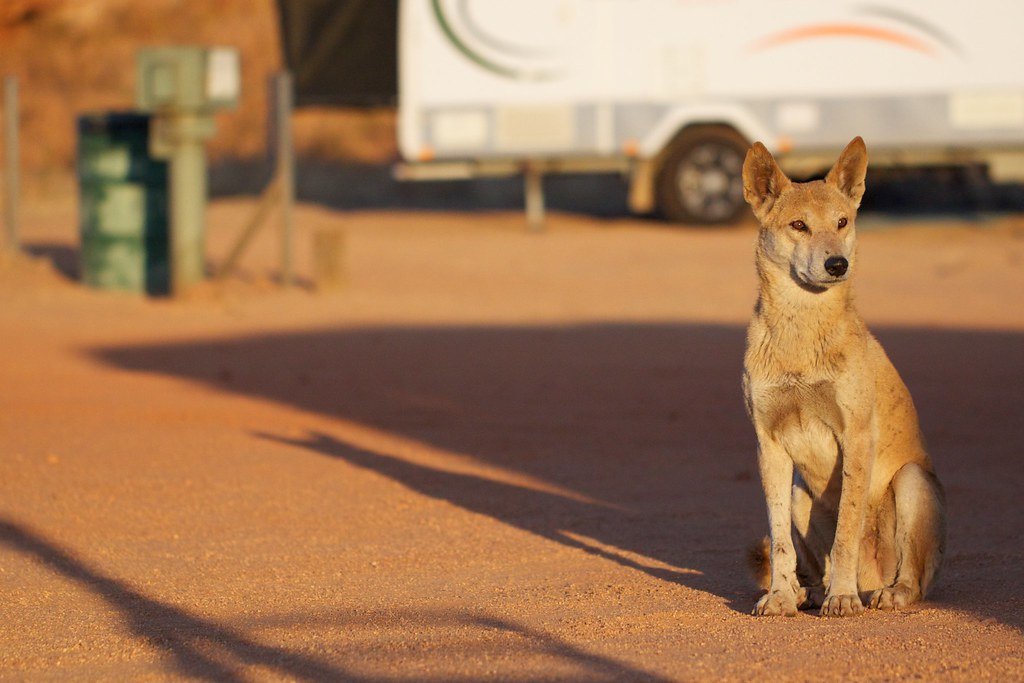
Research suggests that dingoes may act as ecosystem engineers by promoting biodiversity. By preying on invasive species and larger herbivores, they help restore native plant communities and support the overall health of the ecosystem.
Conservation Efforts and Challenges

Efforts to control feral cat populations include trapping, baiting, and implementing exclusion zones. However, these efforts face significant challenges due to the cats’ secretive nature and widespread distribution. Conservationists also debate the role of dingoes in these efforts, given their mixed reputation among landowners and farmers.
The Balance of Predation and Prey
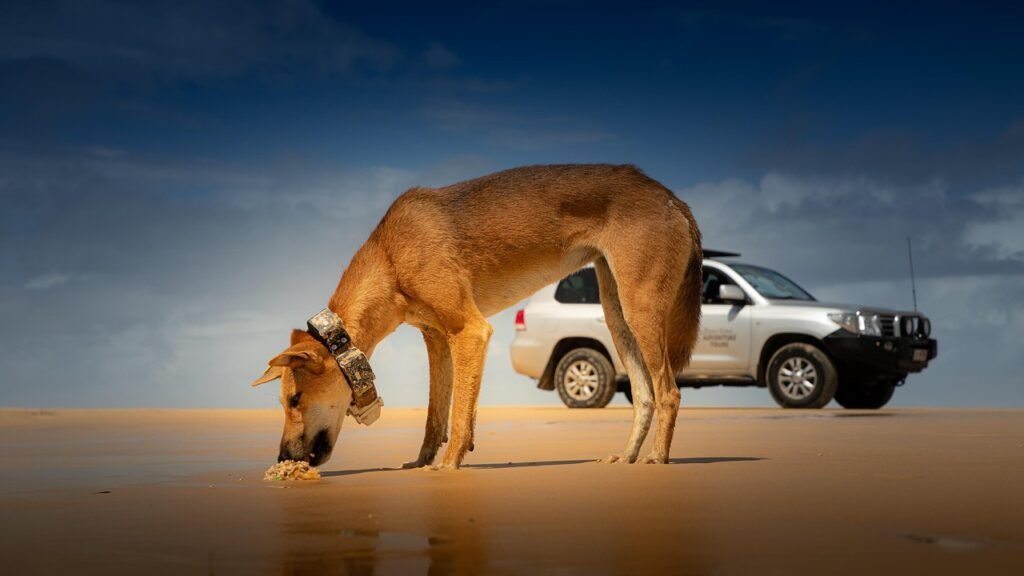
The dynamic between dingoes and feral cats exemplifies the complex balance of predation and prey. Effective management requires understanding this relationship and devising strategies that protect native species while managing these top predators.
Symbiotic Relationships and Competition
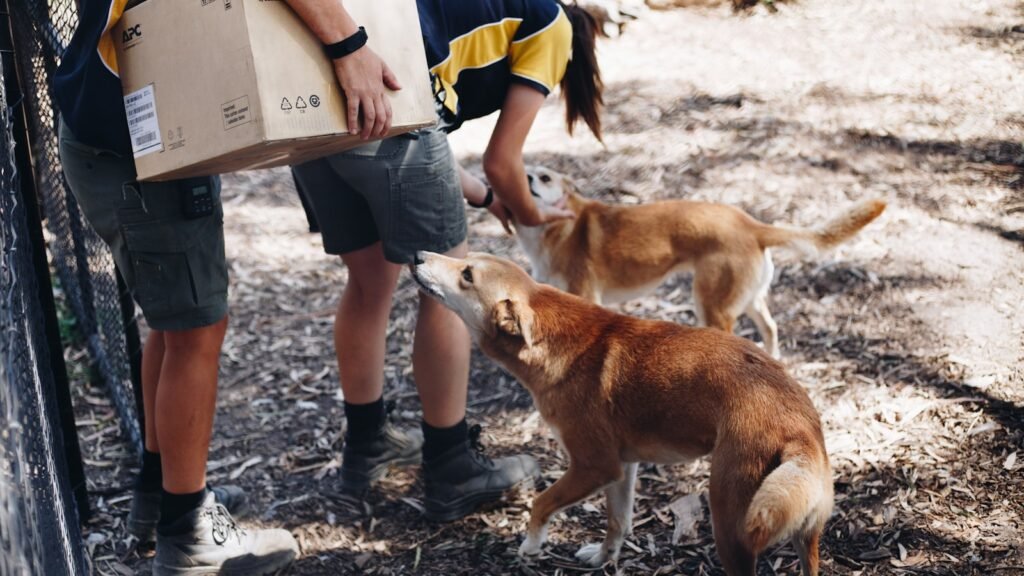
In some areas, dingoes help to keep feral cat populations in check, thereby indirectly benefiting smaller native animals. However, this balance is delicate, as changes in one population can have ripple effects throughout the ecosystem.
The Human Factor: Impact of Urban Development

Human activities, such as land clearing and urban expansion, have dramatically altered habitats, influencing predator-prey dynamics. These changes can favor feral cats, which thrive in disturbed areas, while often disadvantaging native species and dingoes.
Cultural Perspectives and Historical Context
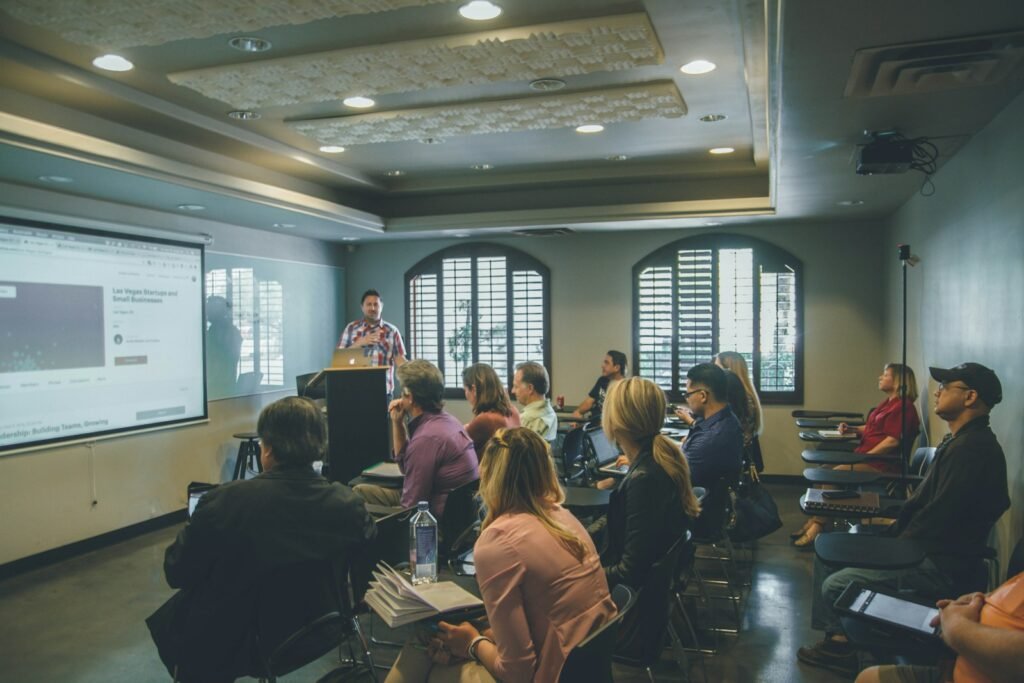
The Australian public and indigenous communities hold diverse perspectives on dingoes. While many see them as ecological benefactors, others view them as pests. Similarly, feral cats are a contentious issue, often regarded as beloved pets turned unwelcome predators.
Policy and Legislation

Laws governing feral animal control are complex and vary across Australian states. Legislation aims to balance ecological preservation, agricultural interests, and cultural values, presenting a challenging policy landscape for conservationists.
Future Directions in Ecology and Biodiversity

Research continues to explore the role of dingoes as natural regulators of feral species. Experimental areas where dingoes are allowed to thrive have shown promising signs of ecological restoration, offering hope for future biodiversity conservation.
Public Awareness and Education

Raising awareness about the ecological roles of dingoes and the threats posed by feral cats is crucial. Education programs can help shift public opinion and foster support for integrated pest management strategies.
Conclusion: A Delicate Balance
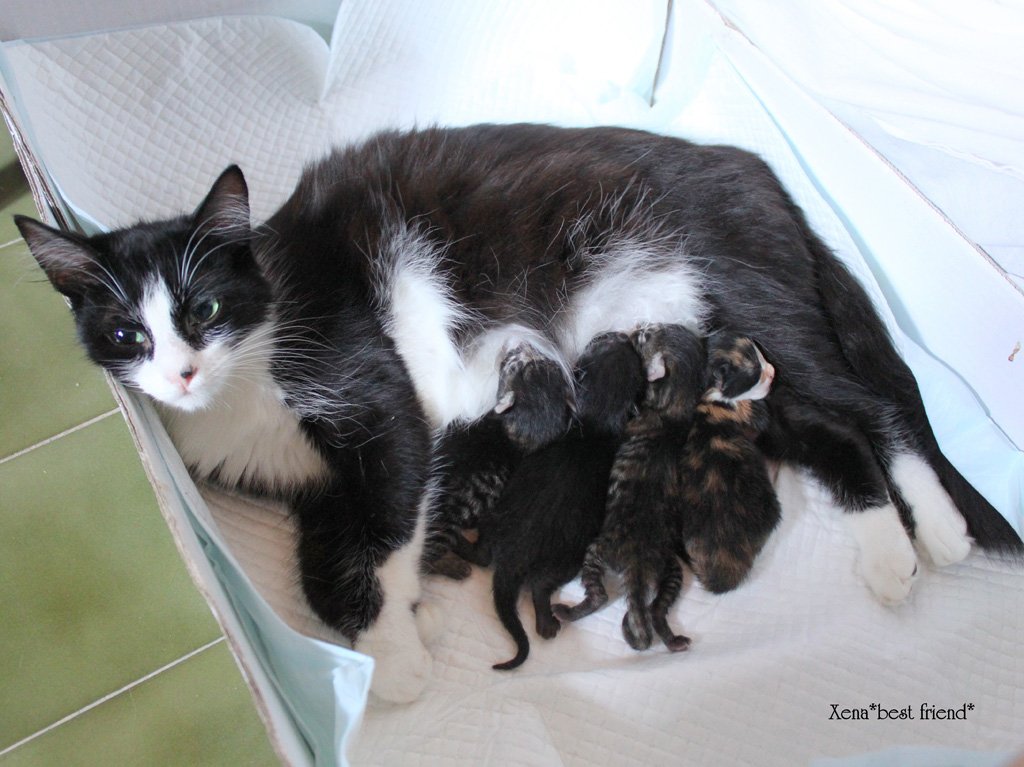
Australia’s predator war between dingoes and feral cats is emblematic of broader challenges in conservation biology. Finding a balance that protects native wildlife while addressing the realities of an ever-changing landscape remains a pressing priority. By understanding and respecting the complex interplay between these predators, Australians can work towards a sustainable and biodiverse future.




